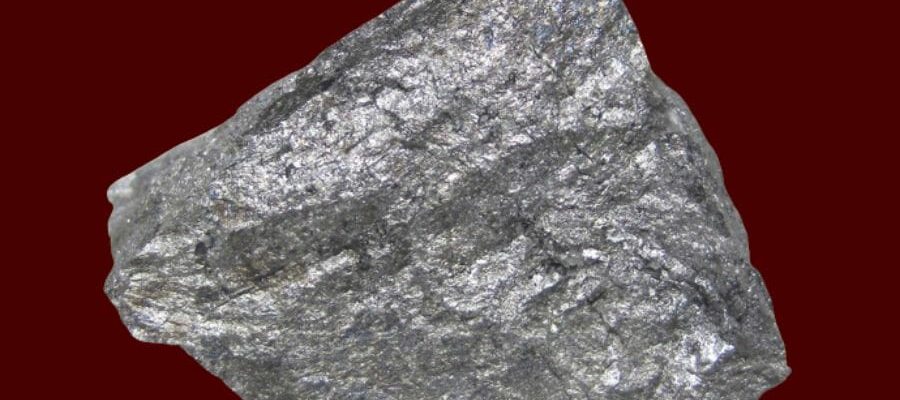
The world beneath our feet is teeming with a wealth of metallic minerals, each with unique properties and applications that have shaped human civilization for millennia. From the iron that forms the backbone of our infrastructure to the gold that underpins our economies, metallic minerals are an integral part of our lives. This article aims to delve into the realm of metallic minerals, exploring their characteristics, uses, and the fascinating science behind them.
Understanding Metallic Minerals
Metallic minerals are minerals that contain metallic elements. They are characterized by their lustrous or shiny appearance and high conductivity of heat and electricity. These minerals are typically malleable and ductile, making them ideal for various industrial applications. Some of the most common metallic minerals include iron, copper, aluminum, gold, silver, and platinum.
Iron: The Infrastructure Icon
Iron is the most abundant metallic mineral in the Earth’s crust. It is a critical component in the production of steel, which is used in everything from buildings and bridges to cars and appliances. Iron’s magnetic properties also make it essential in the manufacture of electronic devices and power generation equipment.
Copper: The Conductor of Civilization
Copper is renowned for its excellent electrical conductivity, corrosion resistance, and malleability. These properties make it a preferred material for electrical wiring, plumbing, and telecommunications infrastructure. Additionally, copper’s antimicrobial properties have led to its use in healthcare settings.
Aluminum: The Lightweight Powerhouse
Aluminum is a lightweight, corrosion-resistant metal that is used in a wide range of applications. Its high strength-to-weight ratio makes it ideal for use in the aerospace industry, while its resistance to corrosion has led to its use in packaging, construction, and transportation.
Gold, Silver, and Platinum: The Precious Trio
Gold, silver, and platinum are known as precious metals due to their rarity and high economic value. These metals are used in jewelry, coinage, and investment. Additionally, they have unique properties that make them useful in electronics and industrial applications.
The Science Behind Metallic Minerals
The properties of metallic minerals are determined by their atomic structure. The metallic bond, a type of chemical bond that occurs between positively charged metal ions and the electrons surrounding them, is responsible for many of the characteristic properties of metallic minerals. This includes their high electrical and thermal conductivity, malleability, ductility, and lustrous appearance.
Conclusion
Understanding the properties and uses of metallic minerals is not just a matter of scientific curiosity. It is a key to unlocking sustainable solutions for the challenges of the future. As we continue to explore and innovate, the metallic minerals beneath our feet will undoubtedly continue to play a pivotal role in shaping our world.

